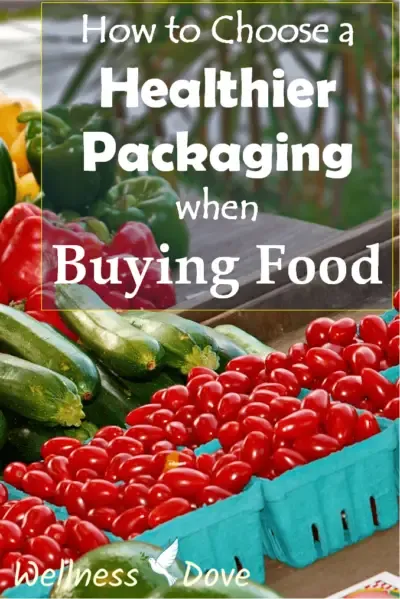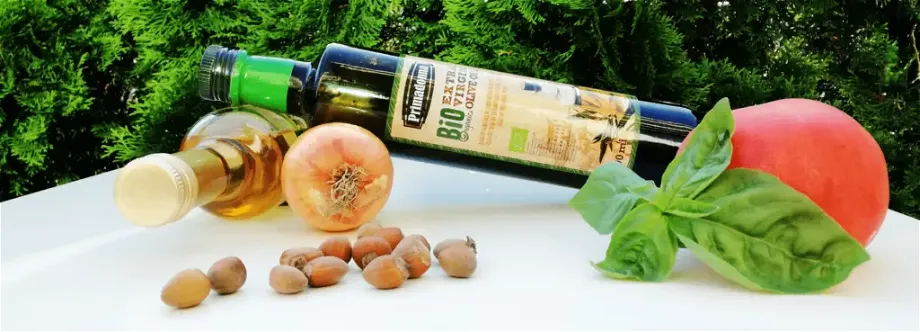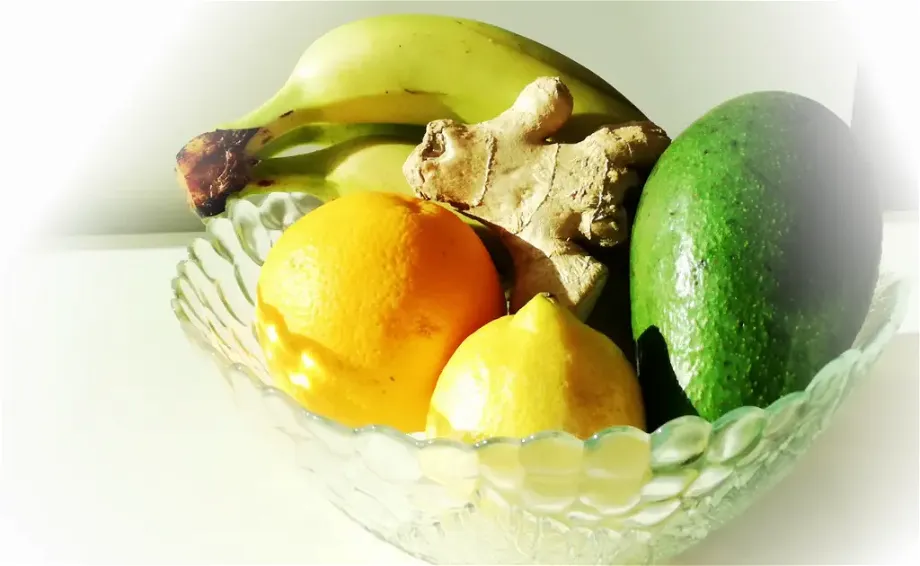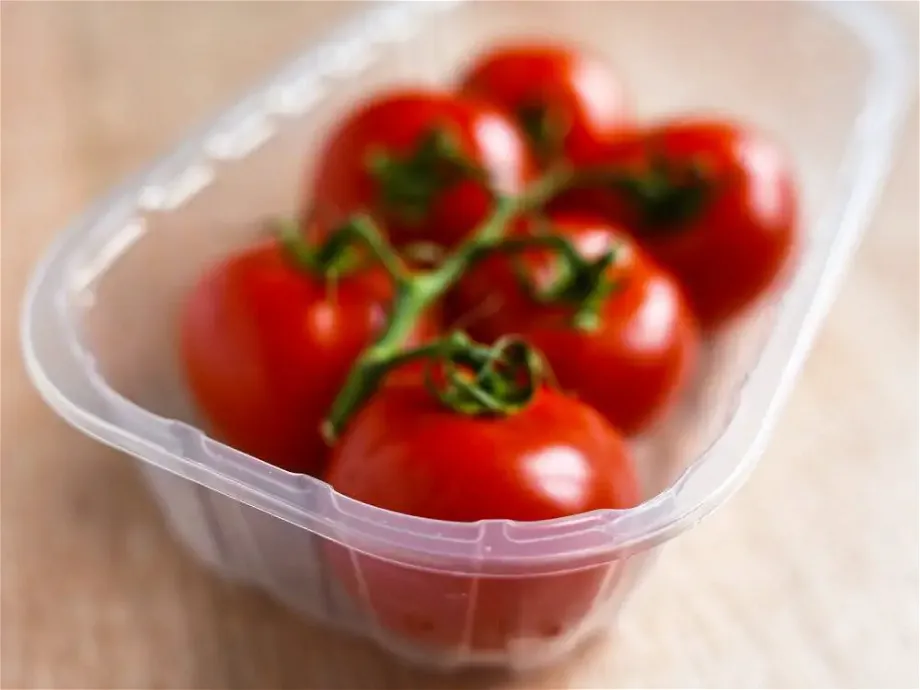
Packaging plays an undeniably important role to protect and preserve our food, to keep it fresh, clean and safe.
There are different kinds of packaging such as paper or plastic. But which material is predominantly used? We all agree here – plastic.
If you look around in every shop, all you see are plastic wrappings. Be it fruits and vegetables, meat, cheese, bread, water… Even hot coffee, tea and other drinks for on the go are served oftentimes in plastic cups.
At the same time, the plastic packaging contains a number of chemicals that can be harmful to our health if they leach into the food we eat.
They are linked to disruptions of the endocrine system, play a role in unlocking allergies and asthma, among others. The chemicals are known to disturb the hormonal balance in our bodies and are especially toxic to young children.
Therefore, though the plastic packaging our food comes in is ubiquitous and many times necessary, we should always consider the adverse effects on our health that such packaging poses.
Here comes the question what can we do about it?
Just thinking about these consequences is the first step in preventing them.
It is that simple!
When we are conscious about the issue, it is fascinating how quickly our minds can come up with solutions.
Since food in plastic packaging can be dangerous, avoid plastic! Consciously seek alternatives, where possible. Always prefer your food in paper rather than plastic packaging. Avoid buying hot food and drinks in plastic containers, ask for paper ones!
You can follow our considerations about packaging when we buy food:
Post Contents
- 1. Check how long has it stayed in the packaging before you buy it
- 2. A note on liquids
- 3. It matters if the food is stored at cold or warm temperature
- 4. Some food has its “inbuilt” protection to separate it from the plastic wrap
- 5. It is important to what degree the food is in contact with the packaging
- 6. What type of plastic the packaging is made out of
1. Check how long has it stayed in the packaging before you buy it
Check when the food was produced.
Shops usually have different batches in stock at any given time. They also put the oldest products at the front to make sure these do not expire.
Look around. Take the freshest one from the back.
The expiration date can be a double-edged sword.
Logic dictates that the farther away into the future the expiration date is, the fresher the food is. Different producers, however, treat the food in a number of ways to make it last as long as it can.
This means that two apparently identical products from different brands can have different shelf lives
In such case, a food that is about to expire sooner can actually be fresher and with fewer additives/treatments to prolong its shelf life.
One way to see which one is fresher is to see when it was produced. Often it is not specifically said on the packaging but you can decode it from the lot/batch number next ot the best before date.
2. A note on liquids

Liquids facilitate the possible transfer of toxins from the packaging into the food.
As fluid foods are in very close contact with the packaging, they move around and are constantly rubbed against the plastic. This way they can easily wash off and absorb much of the toxicity that their packaging can provide.
It is best to avoid buying liquids in plastic packaging altogether. We prefer buying them in glass bottles or jars, whenever it is possible.
For example, we would buy vinegar and oils in glass bottles than plastic ones. We also buy conserved foods like pea, beans or pickles in jars. We avoid buying in cans, as the inside lining is oftentimes made from plastic as well.
3. It matters if the food is stored at cold or warm temperature
Higher temperatures make plastic more prone to leaching toxins into the food that is in contact with it.
Therefore, for food that is kept cool, there is a smaller risk for toxins to leach from the packaging.
When you have the choice, buy those packages that are stored at lower temperatures.
For example, the plastic bottle of UHT pasteurised milk can sit on the shelves for a lot longer at room temperature compared to an always cooled bottle of lightly pasteurised milk with a quite short shelf life.
4. Some food has its “inbuilt” protection to separate it from the plastic wrap

We can “peel” the outer layer of the food before consuming it in many cases (such as with eggs, cucumbers, carrots, bananas).
This way we are removing the part of the food that has absorbed the most toxins from the plastic packaging.
Such foods we are more likely to buy in plastic wraps. At home, we can store them without their packaging.
5. It is important to what degree the food is in contact with the packaging

In other words, how much of the surface of the food is actually touching the packaging and with what force.
Compare a bunch of spinach squashed into a small plastic bag to some loose tomatoes in a hard plastic box.
The tomatoes are only lightly touching the box, there are only a few contact points and there is rarely moisture inside. The spinach, on the other hand, is compressed and in close contact with the plastic wrap.
We would avoid buying spinach in such packaging but the tomatoes are not that much of an issue in this case.
6. What type of plastic the packaging is made out of

There are safer, sort of OK and outright dangerous types of plastic.
If we have no choice but to buy food in plastic packaging, we always choose the one that is made out of “good” plastic.
Basically, the safest plastics are usually not used to package food, however, PET, PP (polypropylene) and PE (polyethene) are generally OK.
Do not reuse the packaging, though.
More info on the plastic types here
Do you have other considerations, regarding the packaging of food?
Share your tips about food packaging in the coments bellow.



